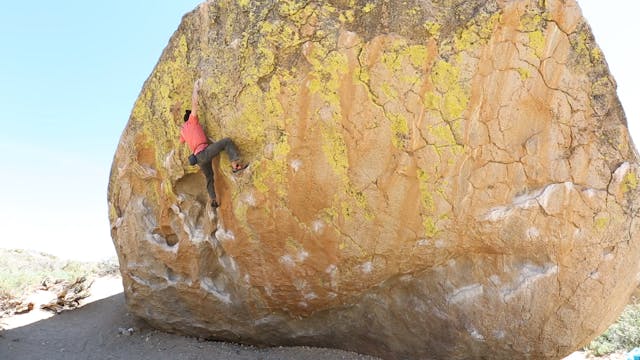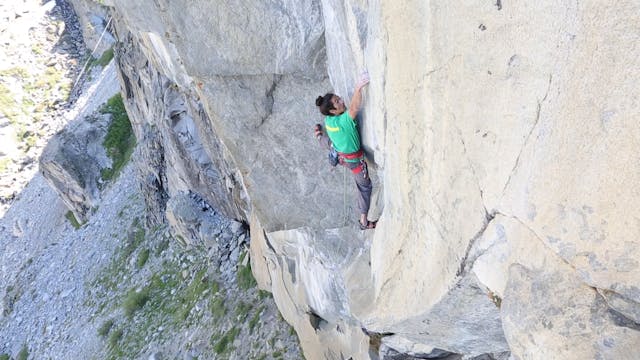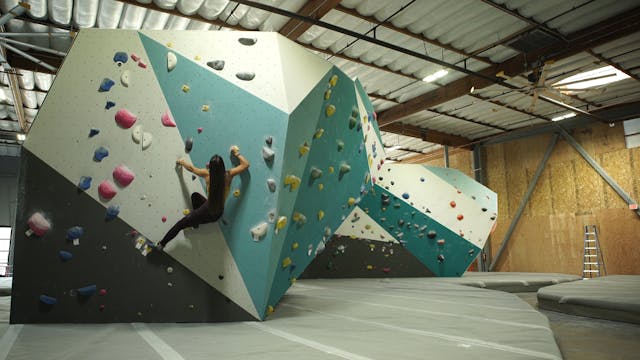Climbing Movement: 3. Hand Hold Orientation
Climbing Movement
•
1m 37s
There are four basic types of hand-hold orientations found in rock climbing. This video does not describe the types of holds, such as a crimper or sloper. Instead, we are talking about hand-hold orientation.
The four types of hand-hold orientations:
1. Horizontal hold - With this type of hold you just simply pull down.
2. Side Pull - With this type of hold your thumb is in the “up” position, at times looking as if you’re holding a coffee mug.
3. Undercling - With this type of hold your hand looks like you're opening a dresser drawer. Generally you can see your palm when using an undercling.
4. Gaston - With this type of hold your pinky is your highest finger, and your thumb is the lowest digit.
Each of these four holds is unique, and require particular technique to make better use of the climbing feature and have the hand-hold feel more manageable.
We hope you found this video helpful. Feel free to comment below with questions or thoughts!
Please remember, climbing is inherently dangerous. Climb at your own risk.
Up Next in Climbing Movement
-
Climbing Movement: 4. Open Hand vs. I...
Let’s review the difference between Open Hand hand holds, and In-Cut hand holds. Think of open hand and in-cut as two different families of holds.
Open Hand - When your hand becomes molded to the rock, without an in-cut feature that allows you to pull on (or away from) the wall. Climbing on o...
-
Climbing Movement: 5. Jugs
A “jug” is a term used to describe a large positive feature, typically a hand hold. The textbook jug is a full hand, or in-cut, or positive circle of a hold, and allows you to completely latch on so you can feel secure.
A foothold can also be “juggy”, meaning very positive and capable of ea...
-
Climbing Movement: 6. Crimping
A “crimp” is a term used to describe small edges or hand-holds, ranging from in-cut to sloping. The word “crimp” can define both the type of hold, and the grip position itself.
Crimps are edges, and are often positive. At times they are smooth, like sandstone. Others are sharp or rough, suc...


